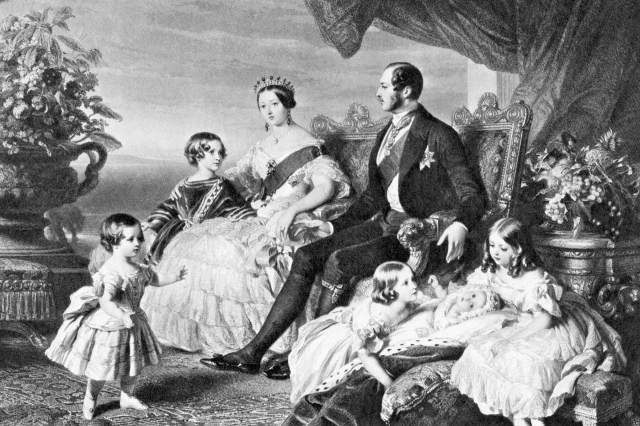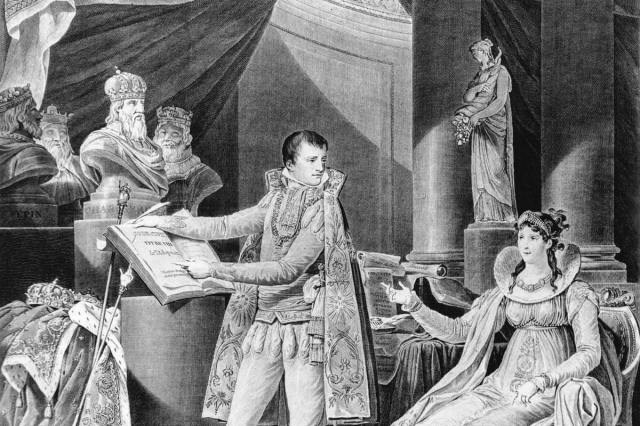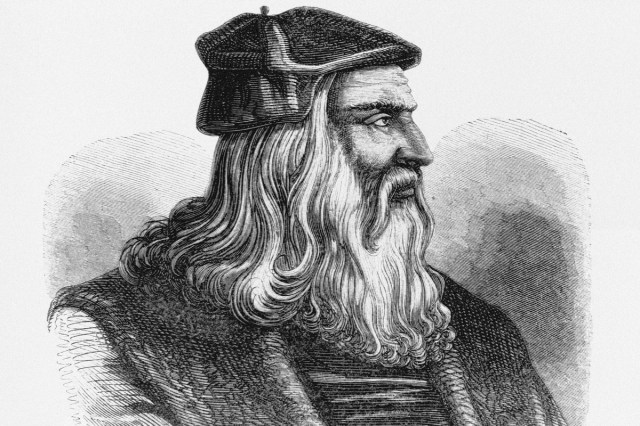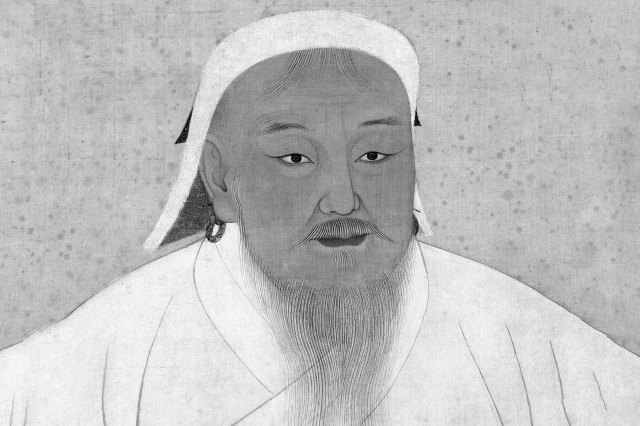King Richard III’s grave was discovered underneath a parking lot.
Many English monarchs are buried inside ornate tombs located at sites of great reverence. The same can’t be said for Richard III, whose long-lost remains were found and excavated underneath a parking lot in Leicester, England. Richard III served as king of England from 1483 until he was slain at the Battle of Bosworth Field on August 22, 1485. After the battle, his remains were brought to a nearby friary in Leicester that was operated by the Franciscans. He was buried inside, but the building was torn down in 1538. Centuries of new construction thereafter transformed the city’s layout, and the exact location of Richard III’s grave was lost in the annals of time.
In 1975, a researcher named Audrey Strange published an article theorizing that Richard III could be buried under a parking lot used by the Leicester City Council. In 2012, a team of researchers at the University of Leicester took it upon themselves to find the monarch’s body once and for all, honing in on that very car park. After just six hours of digging, the king’s remains were uncovered, though it took five months of further analysis to confirm the bones belonged to Richard III. The grave they discovered was oddly short in length, with Richard’s head and torso crammed in tightly at one end. There was also no evidence of a shroud or any personal ornaments, suggesting the king had been hastily buried without fanfare. In 2015, Richard III’s remains were finally reinterred at Leicester Cathedral.















